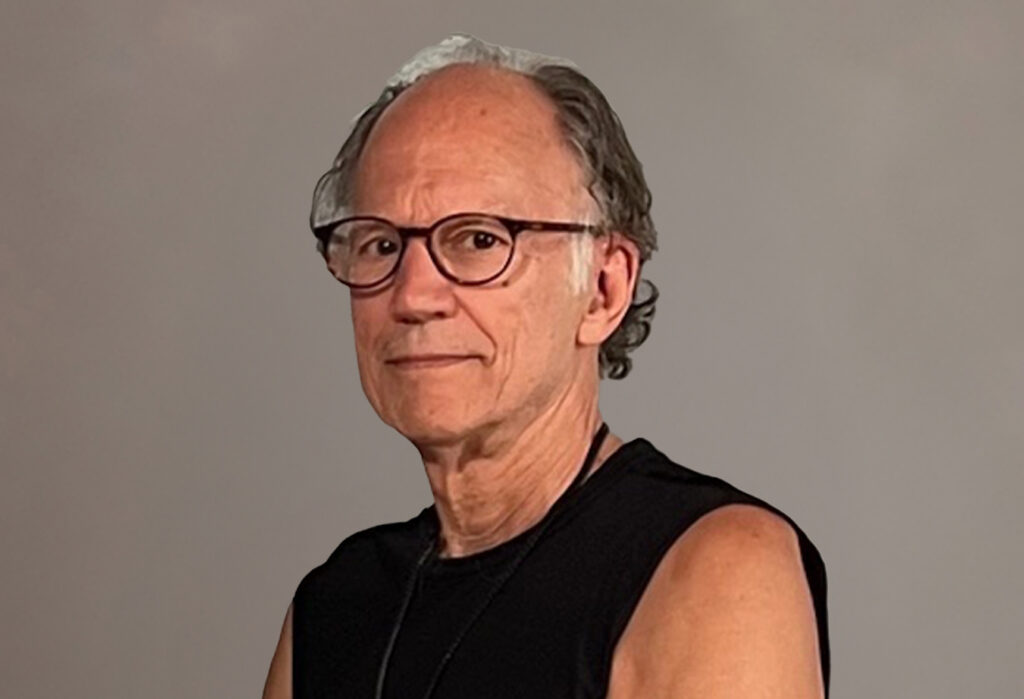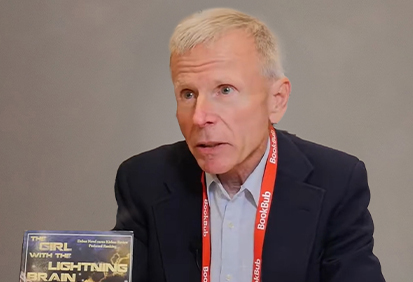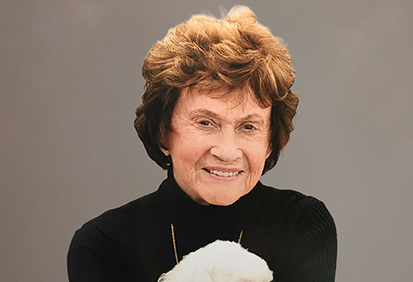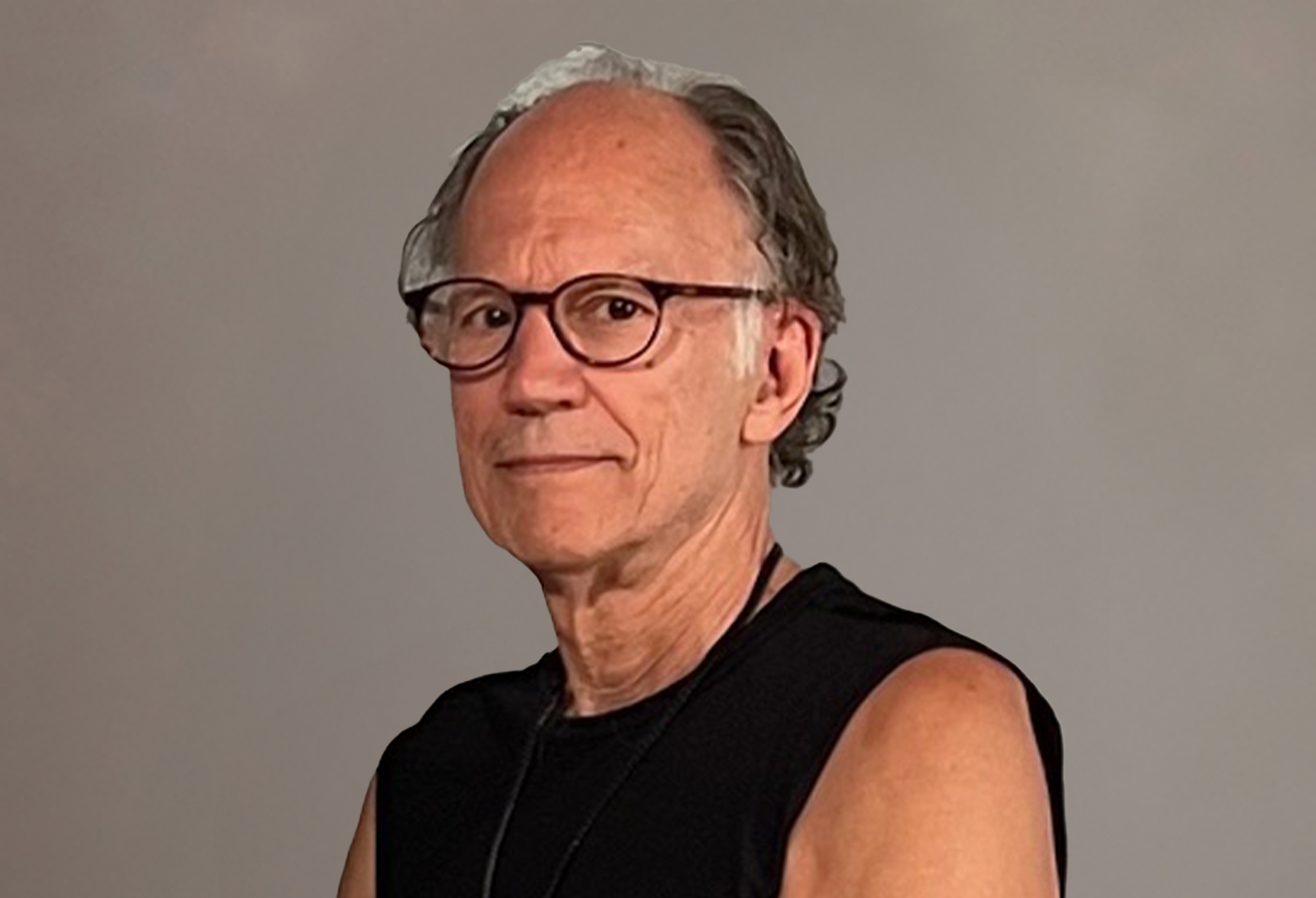
When the City Becomes the Canvas: The Art and Life of Rob Mango
In 100 Paintings: An Artist’s Life in New York City, Rob Mango transforms the story of one man’s artistic journey into a mythic portrait of New York itself. Equal parts memoir and monograph, the book traces Mango’s evolution from a Chicago-born athlete to a defining voice in Manhattan’s downtown art scene—an odyssey of color, imagination, and endurance.
Arriving in New York in the late 1970s, Mango was drawn by what he calls “the fantasy of becoming part of the center of the art universe.” He settled in a raw, unpolished Tribeca, where empty lofts doubled as studios and rent was measured more in grit than dollars. “It was perfect,” he recalls. “Authorities were indifferent, rent was cheap—the pressure was off. It was an ideal environment for an artist to ponder and create.”
In 1984, he founded the Neo Persona Gallery, a cornerstone of the emerging Tribeca art movement. There, he exhibited alongside the city’s rising creators and crossed paths with icons like Andy Warhol, Martin Scorsese, Larry Rivers, and Bob Dylan. Yet 100 Paintings isn’t a name-dropping memoir—it’s a meditation on the creative struggle, on how the city itself breathes through an artist’s work.
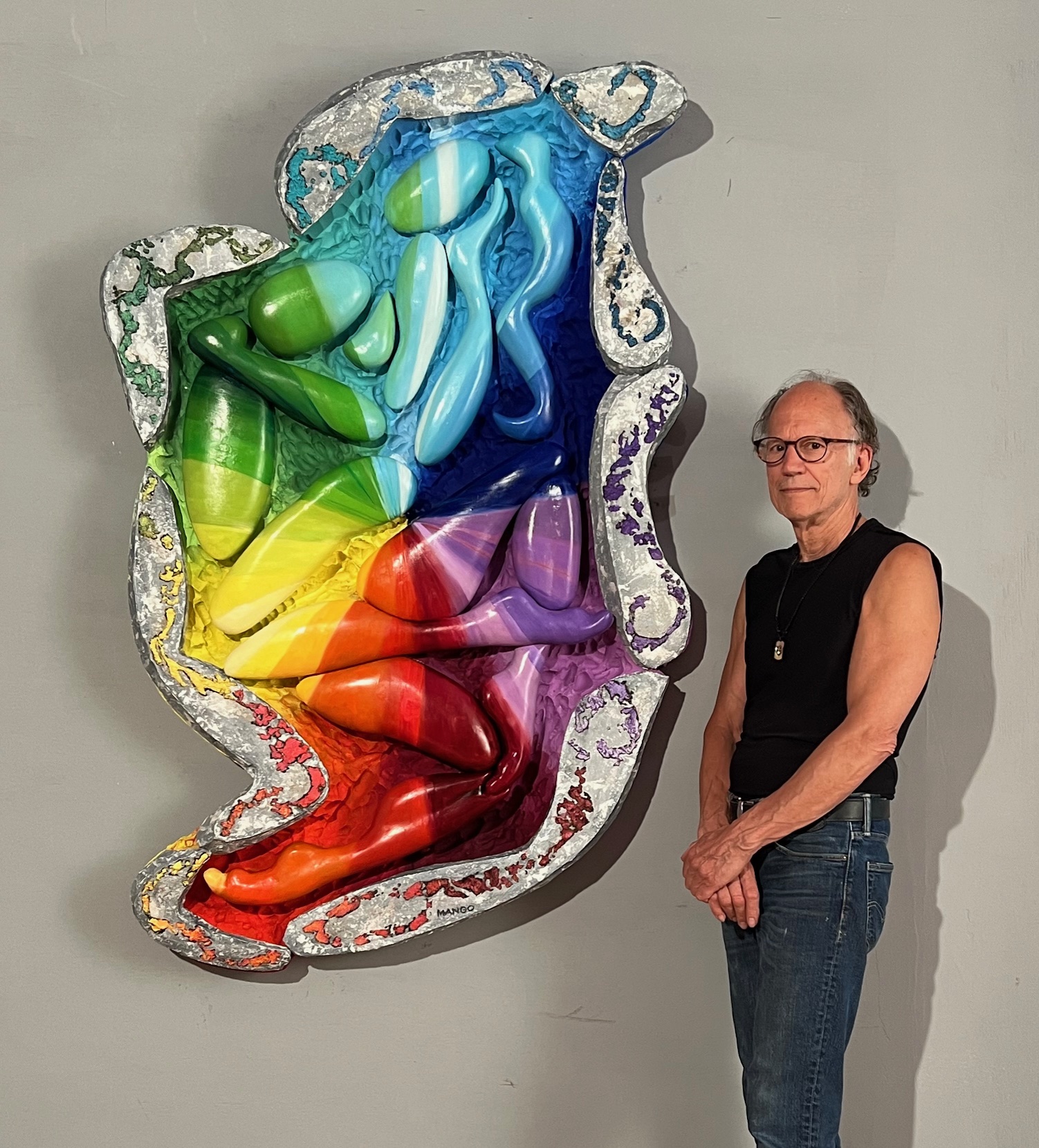
Mango’s art, spanning four decades, blends realism with surreal invention: mythic beings stride across Manhattan skylines, ancient gods hover over bridges, and the familiar city becomes a realm of imagination. His paintings, drawings, and hybrid painted-sculptures reveal a restless experimentation that mirrors New York’s own metamorphosis.
But Mango’s story is also one of reinvention through loss. In the 1990s, after a devastating fallout with a SoHo gallery that abruptly dismantled his exhibition The Hero, A Spirit Within, Mango’s self-belief was shattered. “I cut up the remaining paintings,” he says. From that act of destruction, something new was born—his signature three-dimensional painted sculptures. “From a period of tortured self-destruction evolved the three-dimensional paintings that populate much of my book.”
That alchemy—turning pain into creation—defines Mango’s philosophy. His advice to young artists feels both hard-won and timeless: “The rage, sorrow, denial, fear, desire and love are the essential inertia of creativity. But none of this energy can be applied without technique. It takes half a lifetime to become a master.”
Running through Mango’s work is a pulse of movement—the rhythm of a man who once trained his body to race and now trains his imagination to soar. As art critic Robert Mahoney writes in his foreword, “Mango’s paintings can be seen as being produced by a man whose body was fed oxygen to a fantastical high while running through the city.”
From Chicago to Tribeca, from despair to renewal, Mango’s life and art reveal how a city and an artist can shape one another. His 100 Paintings captures not only the beauty of New York, but its resilience—the same resilience that carried Mango through four decades of creation, destruction, and rebirth.

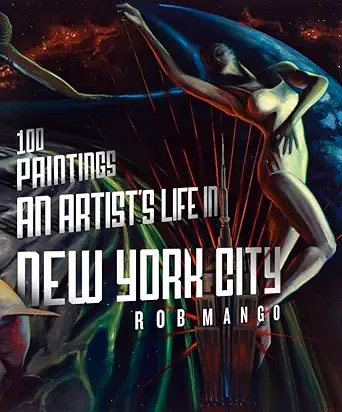
“When artist and audience meet again inside the art,” he says, “it will be wondrous for each.”
And indeed, it is.
